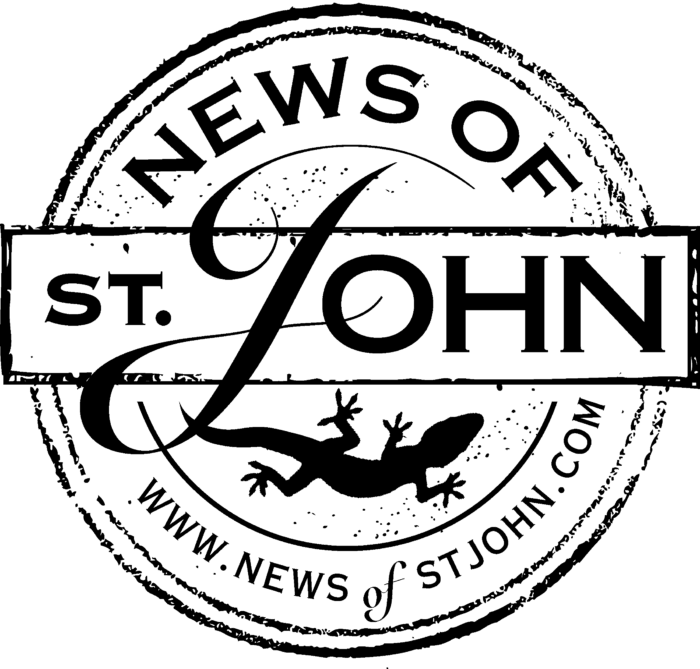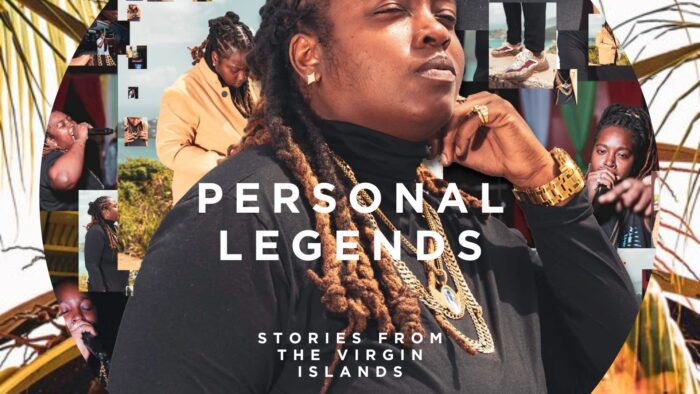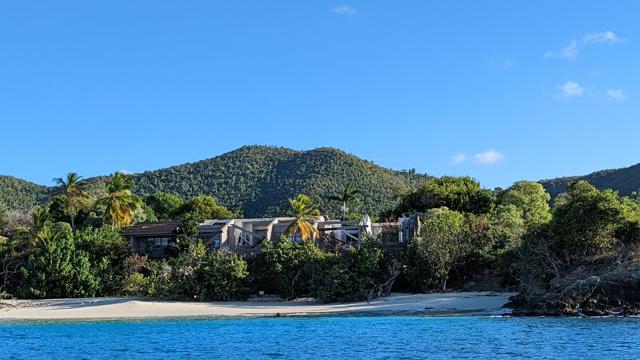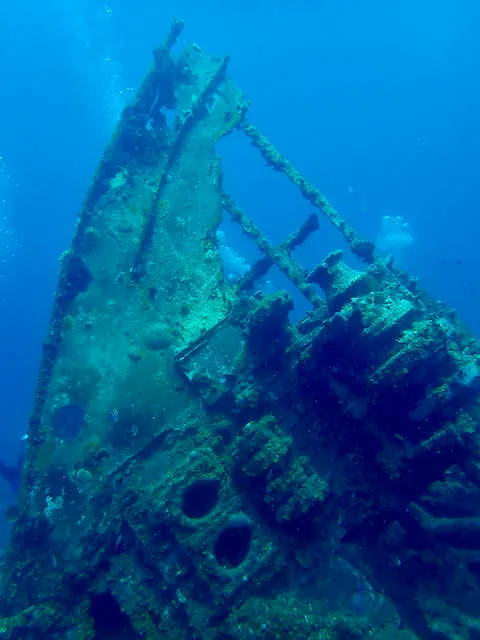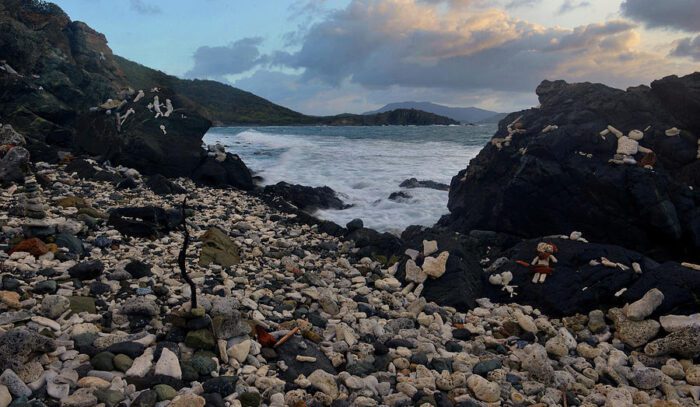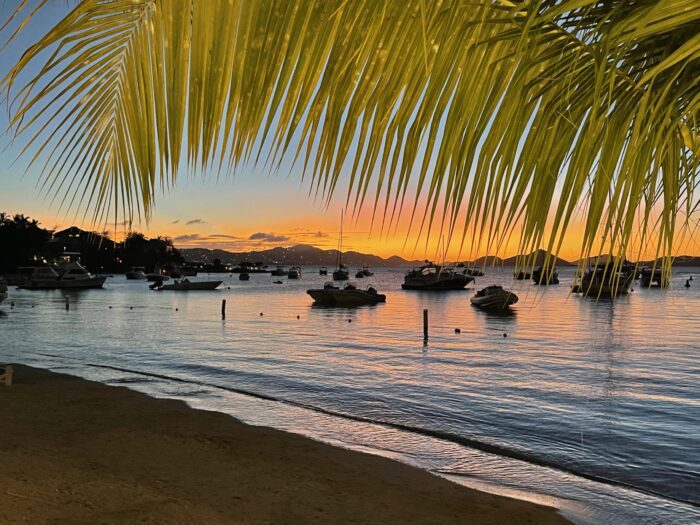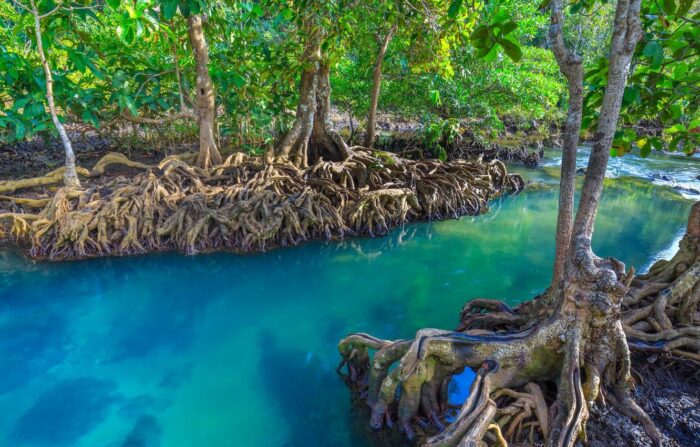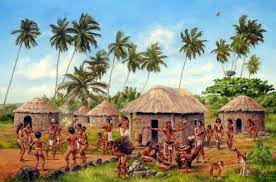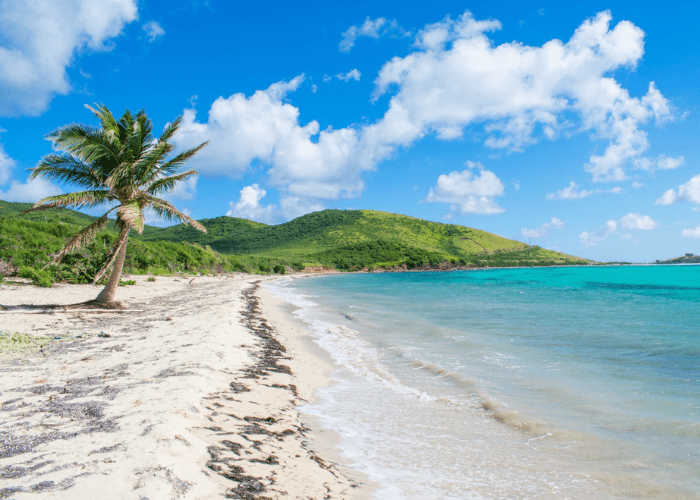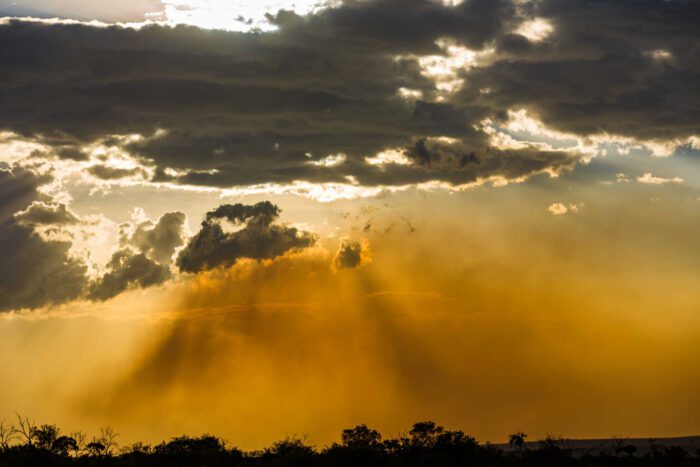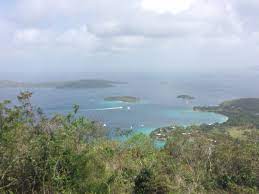Good morning, and Happy 1st of March, also known down here as Virgin Islands History Month!
Over the last three years, as a resident on St. John, I’ve learned about the deeply rooted, rich culture of the Virgin Islands. Picking fresh fruit from mango trees, eating saltfish and pates, and listening to the harmonious sounds of the steel pan are all aspects of this beautiful culture that I’ve come to know and love.

Recently coming across a series of interviews titled Personal Legends, created by the Friends of the Virgin Islands artist-in-residence Kayden Richards, I am reminded of the time-honored and diverse heritage of the Virgin Islands. By exploring generational traditions shared by nine subjects from St. John, St. Thomas, and St. Croix, Richards perfectly encapsulated the vibrant spirit of these islands and its people.
Read more“Personal Legends” – A Testament to the Virgin Islands
